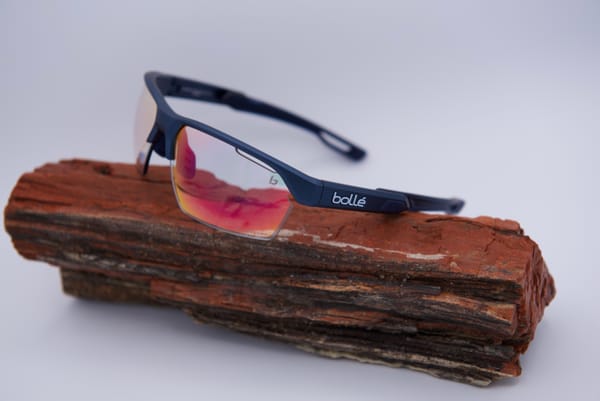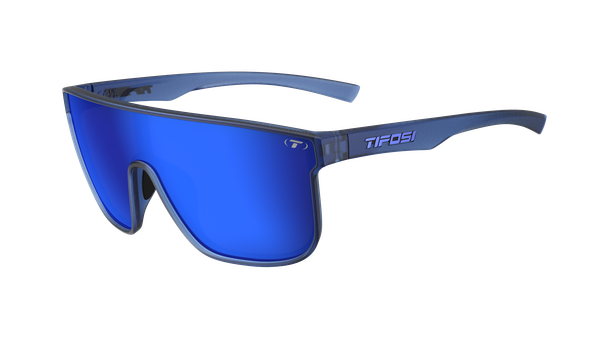We Should Probably All be Worried About Hookless Rims
Hookless rims have promised compatibility and simplicity, but is the tradeoff that they might leave you on the pavement?

Thomas De Gendt experienced a severe crash during the fifth stage of the UAE Tour on Friday. Crashes are a common occurrence in professional cycling, but the peculiar cause of this incident stood out. Subsequent to the mishap, images surfaced showing De Gendt's bicycle propped against a roadside barrier, with its front tire nearly detached from the rim.
In the aftermath, Escape Collective penned an extensive and thoroughly researched piece on the probable cause of the crash. They concluded that Thomas De Gendt's Zipp wheels were fitted with 28mm-wide Vittoria Corsa Pro tires, which is below the ISO-recommended minimum width of 29mm for a 25mm internal rim width. My initial reaction to this analysis was one of disbelief, as I found the notion that a mere 1mm discrepancy in tire size could cause such a crash to be not only humorous but also preposterous.
However, it appears this conclusion might have been too hastily drawn. Despite Escape Collective's emphasis on deviation from ISO standards, De Gendt’s Lotto Destiny team responded to the criticism in an interview with cyclingnews.com. They defended their tire choice, asserting that they use 28mm tires on either a 23mm or 25mm inner rim width, in strict adherence to regulations set forth by the UCI, Zipp, and Vittoria, thus ensuring full regulatory compliance.
Pro Cyclists Express Concerns
The conversation around the incident took a new turn today, as Adam Hansen, president of the Cyclistes Professionnels Associés (CPA), vocalized his opposition to hookless rims in the wake of Thomas De Gendt’s crash. The Australian ex-professional cyclist shared his concerns, stating that the CPA is “unequivocally opposed” to the use of hookless rims.
This is true. The @cpacycling is not happy with riders racing on Hookless system in the peloton. There have been concerns from riders and teams with this new system.https://t.co/4bEJ0x2Q2G
— Adam Hansen (@HansenAdam) February 25, 2024
Hansen, in a discussion with Velo, expressed his apprehensions regarding hookless rims. He explained, “This crash underscores why the CPA stands firmly against hookless rims. It’s unacceptable for tires to detach from rims. The issue is compounded by the fact that these hookless tires have a maximum pressure limit of 73 psi, and any impact can easily exceed this limit, leading to the tire’s detachment.” He further shared anecdotes from teams whose tires dislodged after being exposed to sunlight, highlighting the unpredictability and risk associated with hookless rims.
The Debate Over Hookless Rims
The shift towards hookless rims in the cycling industry raises questions. From my perspective, manufacturers advocate for hookless rims primarily for their simplicity in manufacturing and the slight weight reduction of 10-15 grams they offer. However, these advantages are negated by the need for more expensive and heavier tires. A significant drawback of hookless rims is their safety limitation: they should not be inflated beyond 72.5 psi. Moreover, there's the alarming possibility of tires coming off the rim during rides, a risk that has now been starkly illustrated by De Gendt’s crash.





